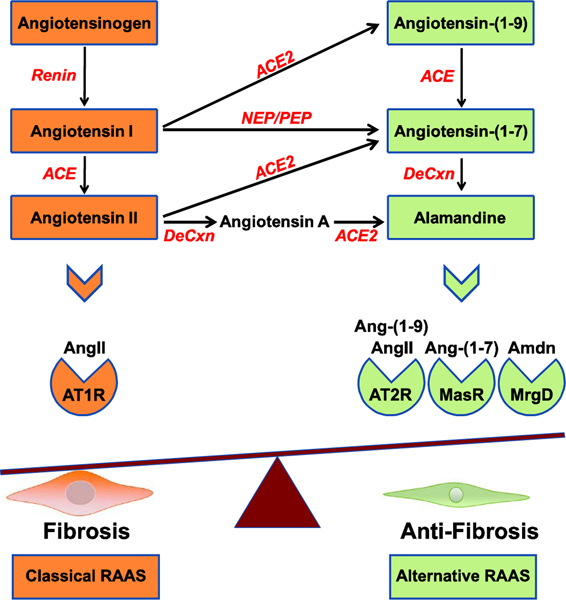Figure 1. The Renin-Angiotensin-Aldosterone System.
RAAS consists of two parallel axes, representing the classical and alternative signaling pathways. The classical RAAS includes angiotensinogen that is converted into angiotensin I by the action of renin. Angiotensin I is subsequently converted into angiotensin II (AngII) by the action of Angiotensin Converting Enzyme (ACE). The classical RAAS induces its pro-fibrotic actions by activating the angiotensin II type 1 receptor (AT1R). The alternative RAAS axis comprises angiotensin-(1–9), angiotensin-(1–7) and alamandine (Amdn), generated by decarboxylation (DeCxn) of angiotensin-(1–7) or step-wise conversion of angiotensin II to angiotensin A by decarboxylation followed by processing by ACE2. The alternative RAAS pathway exerts anti-fibrotic actions through the angiotensin II type 2 receptor (AT2R), Mas receptor (MasR) and Mas-related GPCR, member D (MrgD). Angiotensin I can also be converted to angiotensin-(1–7) by the action of neutral endopeptidase (NEP) or prolylendopeptidase (PEP).

